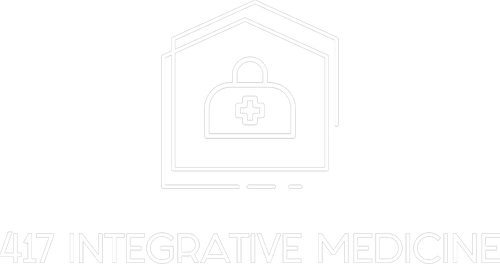
When planning a move, finding a reliable moving service is essential. If you are looking for professional assistance, go to Richmond Movers. With years of experience, Richmond Movers provides dependable, efficient, and personalized moving services. From packing your belongings to ensuring safe transport, their team makes the relocation process stress-free. Their commitment to customer satisfaction and attention to detail ensures that your move, whether local or long-distance, is handled with the utmost care.
For those relocating to or from Lathrop, Lathrop Movers offers a seamless moving experience. They specialize in both residential and commercial moves, providing flexible solutions to fit your specific needs. Their trained staff takes the time to understand your requirements, guaranteeing that every aspect of your move is planned and executed professionally. By combining modern moving techniques with personalized customer care, Lathrop Movers ensures a smooth and secure transition to your new home or office.
Planning Your Move Efficiently
A well-planned move reduces stress and prevents unexpected issues. Start by organizing your belongings and categorizing them based on necessity and fragility. Richmond Movers provides consultation services to help clients prioritize items, pack efficiently, and manage logistics. Understanding the timeline and creating a checklist for essential tasks such as notifying utility companies and updating addresses can make the relocation process more manageable.
Choosing the Right Moving Company
Selecting the right movers is critical for a hassle-free relocation. Both Richmond Movers and Lathrop Movers emphasize professionalism, safety, and efficiency. When evaluating a moving company, consider their experience, customer reviews, insurance coverage, and additional services. For authority guidance on hiring licensed and registered movers, you can refer to the Federal Motor Carrier Safety Administration at https://www.fmcsa.dot.gov/protect-your-move/search-mover. This ensures that your chosen movers comply with national safety and operational standards.
Packing Tips for a Smooth Move
Packing is often the most time-consuming part of moving, but proper preparation makes a huge difference. Start by collecting sturdy boxes, packing tape, bubble wrap, and labels. Richmond Movers provides professional packing services for delicate and high-value items to prevent damage during transit. For those who prefer a DIY approach, clearly labeling boxes and creating an inventory list will make unpacking easier. Using color-coded labels or a numbering system can save significant time when settling into your new home.

Moving Day Essentials
On moving day, coordination and communication are key. Richmond Movers ensures that all logistics are in place, from loading furniture to transporting boxes safely. Lathrop Movers offers similar services in the Lathrop area, ensuring that clients experience minimal stress on moving day. Keep essential items like personal documents, medications, and valuables in a separate bag to access them easily during the move.
Settling into Your New Home
After the move, unpacking strategically can make settling in smoother. Begin with essential rooms such as the kitchen and bedrooms. Both Richmond Movers and Lathrop Movers provide guidance on handling heavy furniture and delicate items to avoid damage. Additionally, updating your address, connecting utilities, and familiarizing yourself with local services in your new area will help you settle comfortably.
Benefits of Professional Movers
Hiring professional movers like Richmond Movers and Lathrop Movers brings several advantages. They save time, reduce stress, and provide expertise in handling various types of items. Movers ensure proper packing, transport, and placement of your belongings, giving you peace of mind. Their experience also reduces the risk of damage, making your move more efficient and less stressful. Choosing certified and experienced movers is an investment in the safety and efficiency of your relocation.
Ensuring Safety and Security During Your Move
One of the most important aspects of any move is the safety and security of your belongings. Both Richmond Movers and Lathrop Movers take extensive precautions to protect your items during transport. From using high-quality packing materials to securing furniture and fragile items properly in the moving truck, these professional teams minimize the risk of damage. Additionally, their staff is trained to handle heavy or awkward items safely, ensuring a smooth relocation without accidents or unnecessary stress.
Final Thoughts
Relocating does not have to be overwhelming when you choose experienced professionals. Richmond Movers and Lathrop Movers offer comprehensive solutions for a seamless moving experience. From careful planning to execution and settling into your new space, these movers ensure every step is handled efficiently. For anyone seeking a stress-free, organized, and reliable move, professional movers are an indispensable resource.





